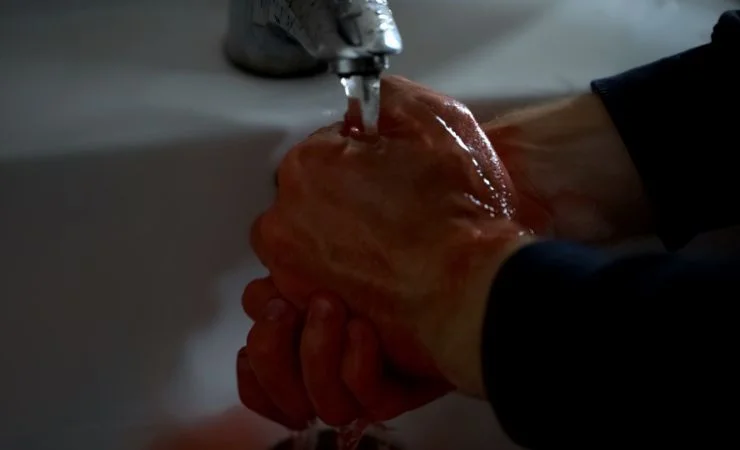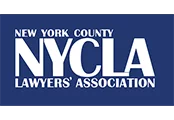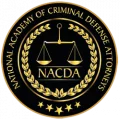When someone is convicted of second-degree manslaughter in New York, it means that they recklessly or carelessly caused the death of another person, even if the individual didn’t intend to kill anyone. This charge is also referred to as reckless homicide. These deaths are typically the result of the offender’s negligence or reckless behavior or are attributed to someone acting in the heat of passion.
Penal Law states that an individual can be prosecuted for second-degree manslaughter if they act in one of the following ways:
- -They recklessly cause the death of someone.
- -They perform an abortion on someone and they die.
- -They help someone intentionally commit suicide.
Furthermore, state law explains that someone is “acting recklessly” when they are aware that their actions and behavior are posing a substantial risk of someone getting killed and then blatantly disregarding that risk. Another way to say it is that they are “acting irresponsibly.” Everyone has a responsibility to not act in ways that could potentially seriously harm or kill someone because everyone has a right to life, and everyone is someone’s son or daughter.
There are three types of manslaughter in New York: voluntary manslaughter, involuntary manslaughter, and vehicular manslaughter.

Voluntary Manslaughter
Voluntary manslaughter refers to the completely intentional killing of someone that isn’t motivated by or premeditated with personal malice. An individual may be charged with manslaughter rather than homicide if they kill someone in the heat of passion. The heat of passion is defined as someone having an uncontrollable emotion in a conflicting situation that anyone might feel in that situation. Thus, it causes them to act out of character and kill someone, even though they would not kill someone at any other time in any other situation. This charge is often given when someone dies in a fight, either between spouses, friends, acquaintances, or even strangers.
Involuntary Manslaughter
Involuntary manslaughter occurs when a person acts carelessly or recklessly and causes another person’s death. In other words, they had no intention to harm or kill someone, but their irresponsible actions resulted in someone’s death, nonetheless. Below are some examples of involuntary manslaughter.
- -The discharge of a firearm on accident leads to another person’s death.
- -The improper prescribing of medication inadvertently kills a patient.
- -Practicing medicine without a license leads to the death of a patient.
- -Forcing employees to work under extreme weather conditions results in their death.
- -Failure to control an aggressive dog results in someone’s death.
- -A non-dangerous offense causes someone’s death.
- -Criminal negligence while performing in the line of duty causes someone to die.
Criminal Defense for Manslaughter in the Second Degree
Many individuals who unintentionally kill someone are charged with manslaughter in the second degree due to their reckless behavior. A commonly used defense for second-degree manslaughter is that the defendant was not acting recklessly as defined by law. One instance where this would work may be an accident in which no reckless act on the part of the defendant caused the death of another person. The most effective thing a defendant can do to optimize their case outcome is to hire a criminal defense attorney to represent them and protect their rights in court.
A defense that implies that the defendant was unaware that they were acting recklessly due to being intoxicated by drugs or alcohol is not a valid one. The law adds a clause that voluntary intoxication does not excuse someone from being responsible for their own actions and behavior. There are only two necessary elements needed to convict someone of second-degree manslaughter:
- -The defendant caused the death of the victim on the date and in the county in question.
- -The defendant caused the death by acting recklessly.
What Is Manslaughter in the First Degree?
Manslaughter in the first degree alleges that the defendant intended to cause injury to another person but instead caused their death. The other conditions that can cause someone to be subject to first-degree manslaughter include:
- -Acting under extreme emotional disturbance
- -Committing an unjustifiable abortion on a person who is more than 24 weeks pregnant, and as a result, the mother dies
- -An 18-year-old who recklessly acts in a way that could harm or physically injure a child under the age of 11 and causes the death of the child
FAQs
Q: What Is the Penalty for Manslaughter in the Second Degree in New York?
A: New York Penal Law classifies manslaughter in the second degree as a Class C felony. State sentencing laws outline the maximum penalty sentence for a Class C felony conviction, which includes 15 years in prison. While second-degree manslaughter lacks the intent to kill, it still acknowledges the fact that the offender was acting recklessly in spite of the risks of their behavior.
Q: What Is the Minimum Sentence for Manslaughter in New York?
A: Manslaughter in the second degree is a Class C felony in New York and carries a minimum prison sentence of one to three years. This is the minimum sentence defined under New York penal law for any of the manslaughter charges. This charge is often taken in a plea deal when an individual is charged with second-degree murder and accepts a plea for a lesser charge.
Q: What Is Second-Degree Vehicular Manslaughter in New York State?
A: Vehicular manslaughter in the second degree is the same charge, sentence, and felony class as manslaughter in the second degree, but the offender was driving while intoxicated with a blood alcohol content of 0.08% or more when they recklessly caused the death of another person. Second-degree vehicular manslaughter is a Class C felony with a maximum prison sentence of 15 years.
Q: What Is the Difference Between First- and Second-Degree Manslaughter in New York?
A: First-degree manslaughter charges imply that the offender had an initial intent to cause physical injury or serious harm, though they did not intend to kill the person. However, their malicious actions resulted in the death of the victim. Second-degree manslaughter charges imply that there was no initial intent to kill the person, yet their reckless behavior resulted in the death of the victim nonetheless.
Seek Legal Counsel for Second-Degree Manslaughter
If you are charged with second-degree manslaughter, you need a lawyer. Our attorneys are highly rated and have the success to back up our glowing reviews. Contact the Law Offices of Robert Tsigler, PLLC, so that one of our top criminal defense attorneys can possibly minimize your charges and sentence.



















